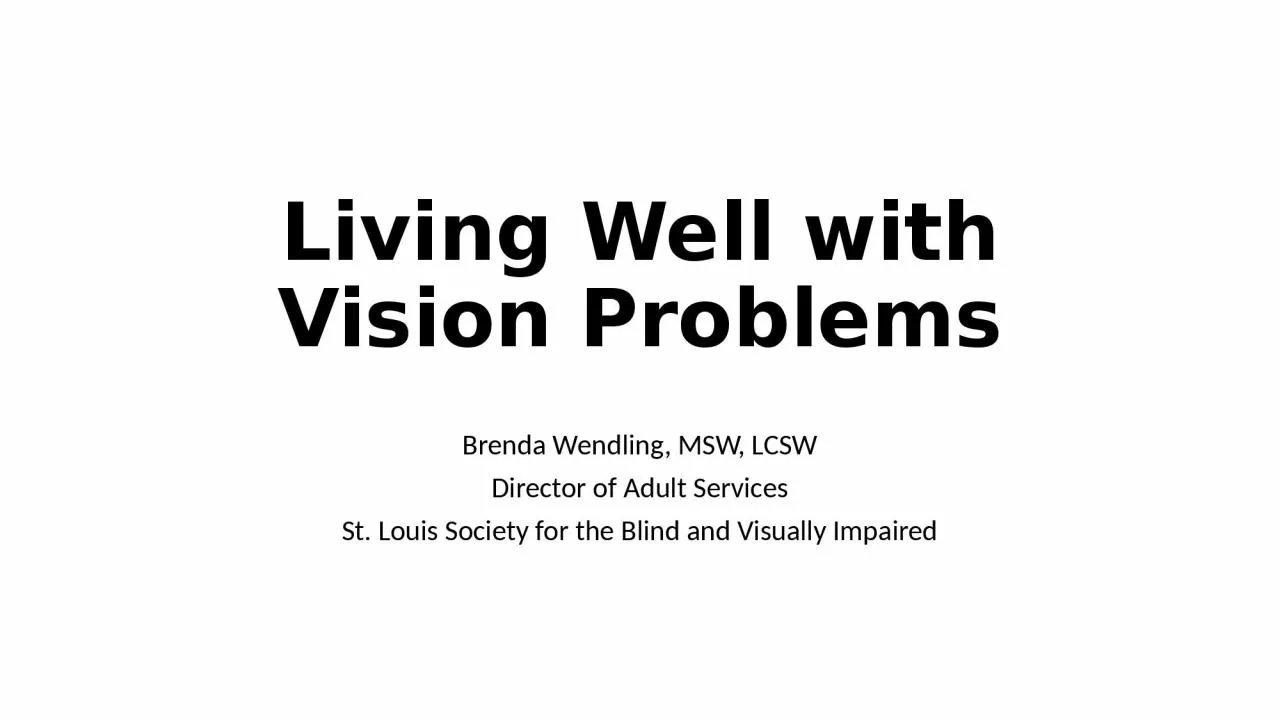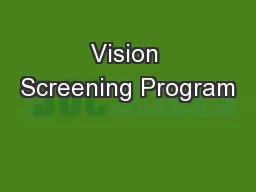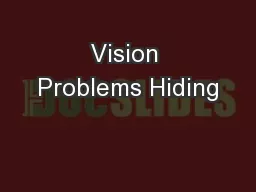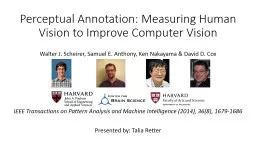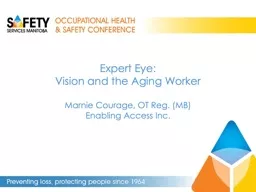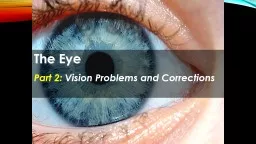PPT-Living Well with Vision Problems
Author : SpunkyFunkyGirl | Published Date : 2022-07-28
Brenda Wendling MSW LCSW Director of Adult Services St Louis Society for the Blind and Visually Impaired What Do We Know About Vision and Aging There are physical
Presentation Embed Code
Download Presentation
Download Presentation The PPT/PDF document "Living Well with Vision Problems" is the property of its rightful owner. Permission is granted to download and print the materials on this website for personal, non-commercial use only, and to display it on your personal computer provided you do not modify the materials and that you retain all copyright notices contained in the materials. By downloading content from our website, you accept the terms of this agreement.
Living Well with Vision Problems: Transcript
Download Rules Of Document
"Living Well with Vision Problems"The content belongs to its owner. You may download and print it for personal use, without modification, and keep all copyright notices. By downloading, you agree to these terms.
Related Documents

